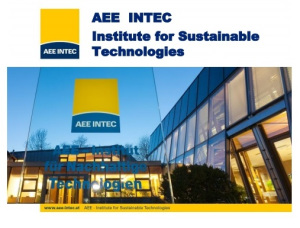CSP vs CST
In other words: Solar Power vs Solar Heat Solar PV for generating electricity using Solar modules has been gaining immense attention worldwide. Small CSP? I do not believe there is an opportunity for small scale CSP. However, a lot of micro-grids and mini-grids are coming up at rural areas in India with Bio-mass and Solar PV. Companies like Desi Power, Gram Power, mera gaon power, OMC power, are all doing good work in this area. If and when small scale CSP plants become economical, they can play a role. I am not seeing it any time soon. On the other hand, CST (Concentrated Solar Thermal) is certainly a good opportunity for Indian industry. Some early installations are doing well. In the mid-term I expect that to pick up. However, we are betting more on ETC based technologies without tracking in the lower temperatures of 60-150 Deg C. Here are our reasons: CST is a relatively newer technology, and there are still technology kinks that needs to be worked out. On the other hand, what we are doing in terms of system level and slight technology modifications of ETC collectors is just incremental innovation, and hence more reliable. Just to give a perspective – SHIP database, as is referred by IEA (link), has identified many industrial applications across the world. Another statistic: Against the installed base of solar PV in the world of 175+ GW. Solar heating is more than 300 GW . Significant share of this is ETC based technology, and hence the technology kinks of the underlying technology of evacuated tubes are fully solved, and it is proven for decades. All said and done, CST costs are higher than basic ETC based collectors KW to KW or KWH to KWH. That is another constraint. CST collects only DNI whereas ETC at lower temperatures collect GHI, which makes ETC energy plants\’s PLF much more than that of CST. Economics rule the roost here. ETC based plants can be implemented on factory rooftops whereas CST needs ground space or RCC roofs. These factors make us bet more on ETC based lower temperature solutions. Coupled with the recent drop in fossil fuel prices, and the above factors, I feel CST will take longer for adoption in India compared to ETC based solar heaters for the industry.

